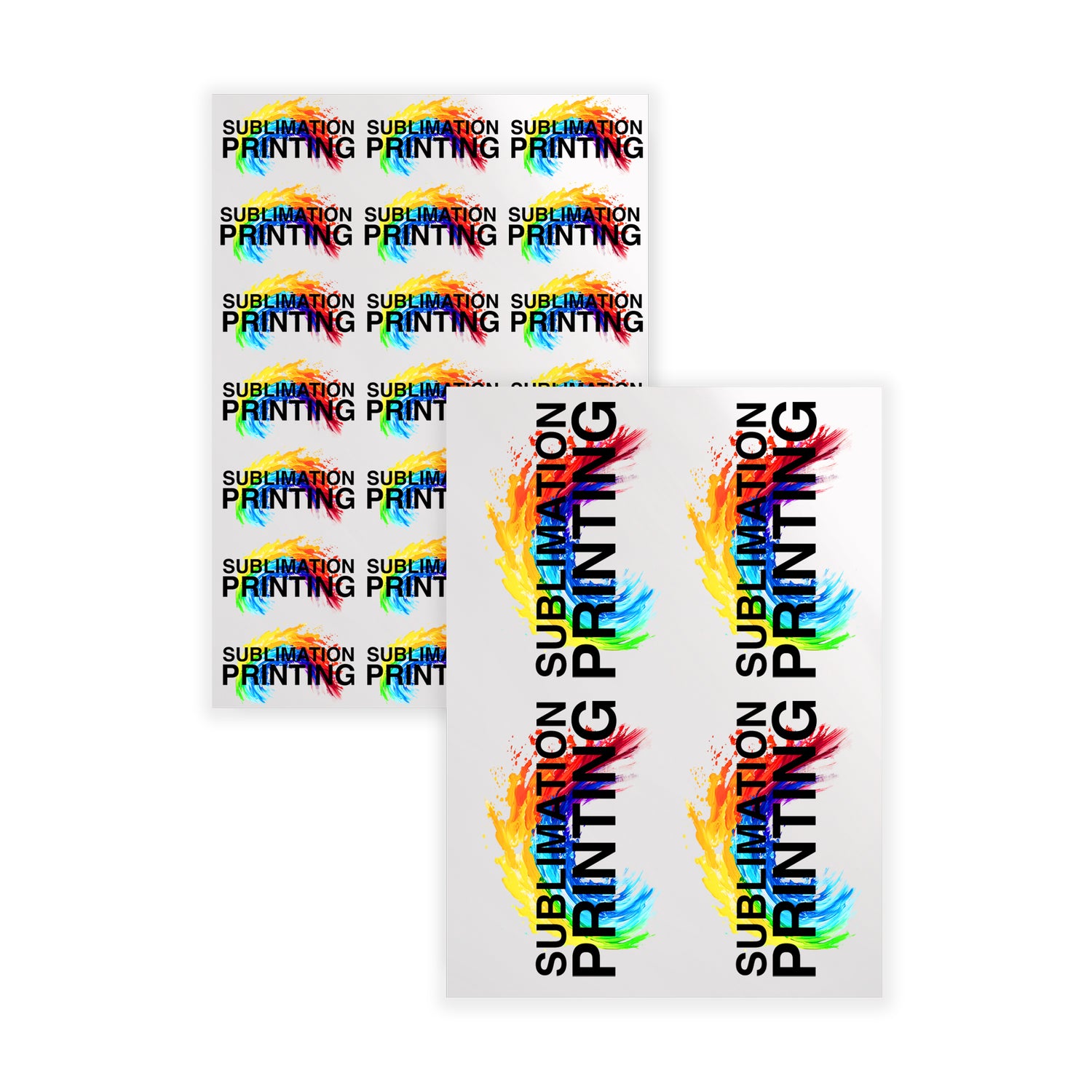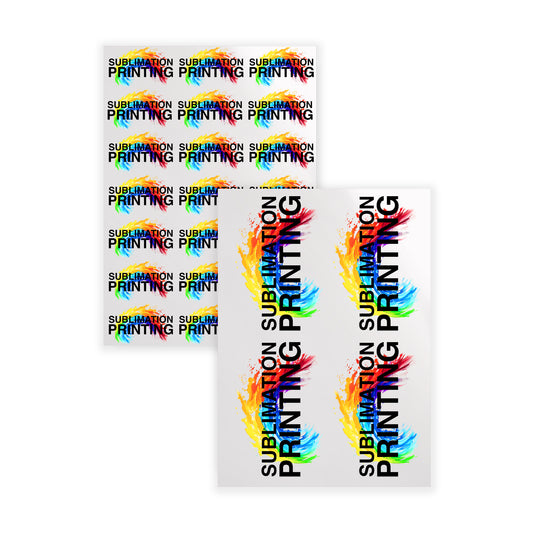
DTF Now - Sublimation TS
Sublimation TS printing is a digital technique that uses heat to transfer dye onto materials such as polyester, ceramic, metal, and plastic. Unlike traditional printing methods that apply ink on top of a surface, sublimation transforms dye into gas and embeds it directly into the substrate. This results in permanent, fade-resistant prints that won’t crack, peel, or wash out over time.
Sublimation Transfer Sheets
-
A4 Sublimation Sheet
Regular price £1.75 GBPRegular priceUnit price per
Sublimation TS FAQ
What is sublimation printing?
Sublimation printing is a heat-based transfer method where special inks turn into gas and bond with polyester or polymer-coated surfaces. This creates vibrant, long-lasting prints that won’t crack, peel, or fade.
What materials can I use for sublimation?
Sublimation works best on:
- 100% polyester fabrics
- Polymer-coated items like mugs, phone cases, keychains, and metal sheets
It does not work on cotton or uncoated surfaces.
What equipment do I need?
You’ll need:
- Sublimation transfer sheet
- A heat press (flat or mug press depending on your product)
- Compatible blanks (polyester or coated)
Can I use regular inkjet printers for sublimation?
No. Sublimation requires dedicated printers or converted inkjet printers with sublimation ink. Regular ink will not sublimate.
This is where we step in and help you having sublimation printing up and running without investing in sublimation printer.
What temperature and time settings should I use?
Typical settings:
- Fabrics: 180–200°C for 40–60 seconds
- Hard surfaces: 190–200°C for 60–90 seconds
Always check your blank supplier’s recommendations.
Why are my colours dull before pressing?
Sublimation inks appear muted on paper. The colours become vibrant after heat activation during pressing.
Can I sublimate on dark fabrics?
No. Sublimation only works on light-coloured polyester. The inks are translucent and won’t show up well on dark backgrounds.
Is sublimation printing permanent?
Yes. The ink bonds with the material at a molecular level, making it highly durable and resistant to washing, scratching, or fading.
What’s the difference between sublimation and DTF?
Sublimation infuses ink into the material.
DTF applies a ink layer on top of the surface.
Sublimation offers a softer feel and longer-lasting results but is limited to compatible materials.
Can I print white with sublimation?
No. Sublimation inks do not include white. Any white areas in your design will show as the colour of the blank (usually white or light grey).

